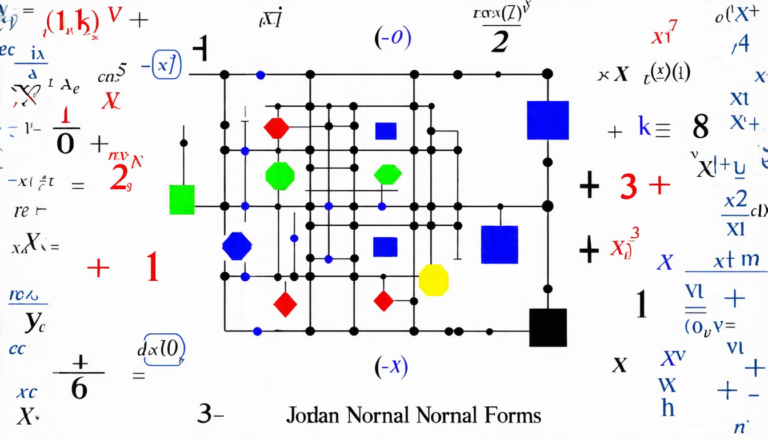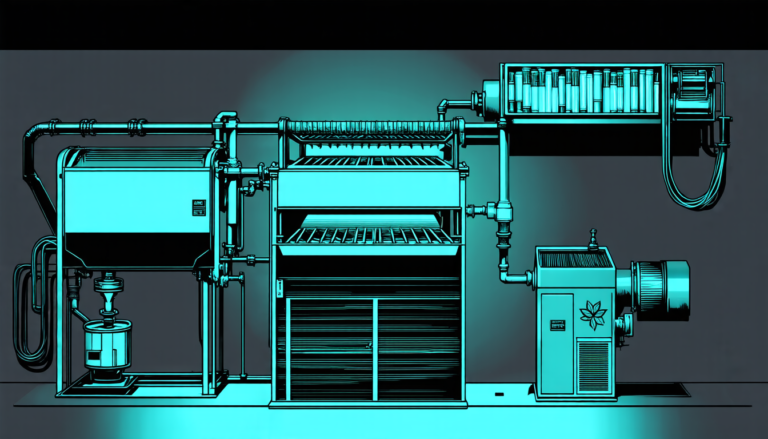Tuesday 18 March 2025
The art of controlling chaotic systems has long been a thorn in the side of mathematicians and engineers. Take, for example, the Navier-Stokes equations that govern fluid dynamics. These equations are notoriously difficult to solve, and even more so when it comes to stabilizing them – that is, bringing them back to a desired state after they’ve gone awry.
A recent paper published in the journal Evolution Equations and Control Theory tackles this problem head-on by developing new techniques for stabilizing the Navier-Stokes equations with memory. In other words, the authors are trying to tame the unpredictable behavior of fluids that remember their past states.
The key insight behind this work is the recognition that traditional control methods often fail when dealing with systems that exhibit strong nonlinearities – in this case, the way a fluid’s velocity and pressure interact with each other. By incorporating memory into the control strategy, the authors are able to better anticipate and respond to the system’s behavior.
The approach taken by the researchers involves using a combination of linear and nonlinear feedback controllers to stabilize the system. The linear controller is used to deal with the more predictable aspects of the fluid’s behavior, while the nonlinear controller is brought in when things get hairy – that is, when the fluid starts to exhibit chaotic behavior.
One of the most significant advantages of this new technique is its ability to stabilize the system without requiring a precise knowledge of the initial conditions. In other words, the control strategy can adapt on the fly to changes in the system’s behavior, rather than relying on a fixed set of assumptions about how the fluid will behave.
The implications of this work are far-reaching. For instance, it could be used to improve the design of more efficient and stable fluid-handling systems – such as pipelines or aircraft wings – by better understanding and controlling the complex interactions between fluids and their environments.
In addition, the techniques developed in this paper have potential applications in a wide range of fields, from climate modeling to biomedical engineering. By enabling researchers to better understand and control chaotic systems, this work could lead to breakthroughs in our ability to predict and mitigate the effects of natural disasters, or even develop new treatments for complex diseases.
Overall, this research represents an important step forward in the development of more sophisticated control strategies for chaotic systems.
Cite this article: “Taming Chaos: New Techniques for Stabilizing Complex Fluid Dynamics”, The Science Archive, 2025.
Navier-Stokes Equations, Fluid Dynamics, Chaos Theory, Control Theory, Nonlinear Feedback Controllers, Memory-Based Control, Stability Analysis, Fluid Handling Systems, Climate Modeling, Biomedical Engineering







